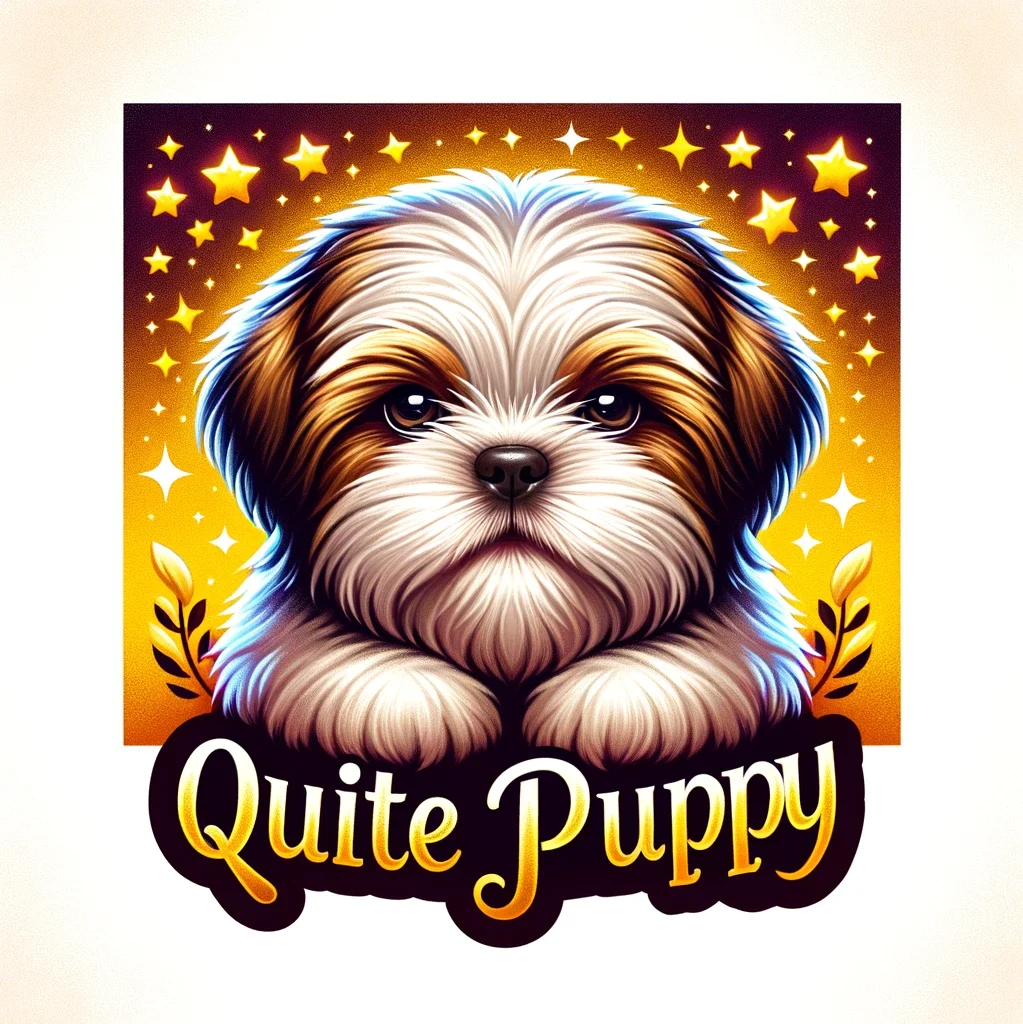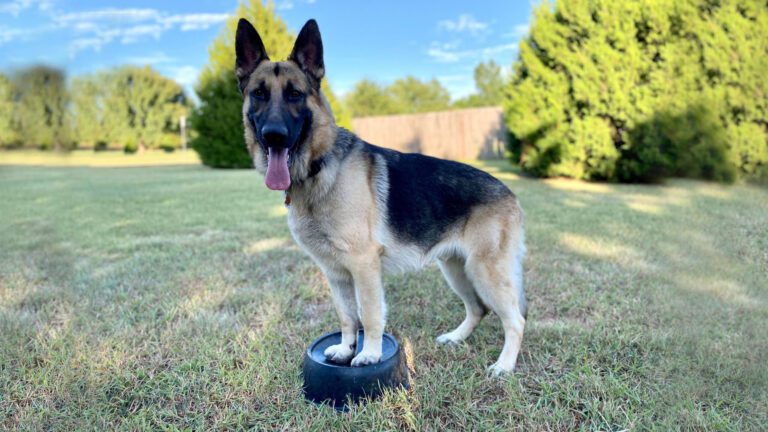Fluffy Dog Breeds: Cuteness Overload
Fluffy dog breeds are some of the most adorable pets you can have. Their soft, cloud-like fur and cute faces make them look like living stuffed animals. These dogs are not just about looks; they also have unique personalities and needs. In this article, we’ll explore some of the fluffiest dog breeds and what makes them so special.
Pomeranians: Tiny Fluffballs of Joy
History and Origin
Pomeranians, with their bright eyes and luxuriously fluffy coats, are the epitome of cuteness. These tiny canines, often resembling living teddy bears, have a fascinating history. Originally, they were much larger and used as herding dogs. Over time, they were bred down to their current size, making them perfect lapdogs. Famous historical figures like Queen Victoria and Mozart adored these high-energy puffs of fluff.
Personality Traits
Pomeranians are not just cute; they are lively and spirited. They have a fox-like face and an alert expression that makes them look like they’re constantly smiling. These little fluffballs are super smart and love engaging in activities like trick training and obedience. However, they can be quite delicate, so it’s important to handle them with care, especially around young kids.
Grooming Tips
Grooming a Pomeranian can be a bit of a task, but it’s worth it to keep their fluffy double coat looking its best. Regular brushing is essential to prevent matting and tangles. You’ll also need to trim their nails and clean their ears regularly. Housebreaking a puppy can be challenging, but with patience and consistency, your Pomeranian will get the hang of it. Remember, these tiny fluffballs are worth every bit of effort!
Samoyeds: The Smiling Snow Dogs

Unique Characteristics
Samoyeds are often compared to living, breathing plush toys because of their fluffy white coats and constant smiling expressions. Their gentle and friendly temperament matches their appearance. The breed’s “Sammy smile,” a natural upturned curve of the mouth, makes them look friendly and approachable. Originally bred by the Samoyed people of Siberia, these dogs were used for herding and sledding.
Exercise Needs
Samoyeds are active dogs that need plenty of exercise to stay happy and healthy. Daily walks, playtime, and mental stimulation are essential. They love to run and play, so a big yard or regular trips to the park are ideal. If you’re wondering how to stop dog barking due to boredom, keeping your Samoyed engaged with activities can help.
Living with a Samoyed
Living with a Samoyed can be a joy, but it comes with its challenges. They are known to be friendly and outgoing, making them great companions. However, they can suffer from dog separation anxiety, so it’s important to provide them with plenty of attention and mental stimulation. Using positive reinforcement dog training methods can help in managing their behavior. If your Samoyed becomes a dog aggressive towards other dogs, socializing them from a young age can make a big difference.
Samoyeds are friendly, outgoing, and known for their “Sammy smile.” They were originally bred by the Samoyed people of Siberia for herding and sledding. These dogs are not just beautiful but also hardworking and loyal.
Bichon Frises: The Curly-Haired Cuties
Temperament and Behavior
Bichon Frises are like little clouds of joy. They are friendly, playful, and always eager to please. These dogs love to be around their humans, whether it’s cuddling on the couch or playing in the park. Despite their small size, they are quite alert and will bark to get your attention. Their cheerful nature makes them great companions for families and singles alike.
Health Considerations
Bichon Frises are generally healthy, but like all breeds, they can be prone to certain health issues. Regular vet check-ups are essential to keep them in top shape. Some common health concerns include allergies, dental issues, and hip dysplasia. Keeping an eye on their diet and exercise can help mitigate these problems. Remember, a healthy Bichon is a happy Bichon!
Training Your Bichon Frise
Training a Bichon Frise is usually a breeze because they are so eager to please. Start with basic commands like sit, stay, and come. Positive reinforcement works best with these little fluffballs. Treats and praise will go a long way in making training sessions fun and effective. Also, early socialization is key to ensuring they grow up to be well-rounded dogs. If you’re looking for dogs that barely shed, Bichon Frises are a great choice!
Shih Tzus: The Regal Companions
Once the lapdogs of Chinese royalty, Shih Tzus have a rich history. These little lions were bred to be companions, and their luxurious, dense, and flowing double-coated coats made them favorites in the imperial courts. They were pampered and adored, living a life of luxury.
Taking care of a Shih Tzu involves more than just cuddles. Their beautiful coats need regular grooming to keep them looking their best. Daily brushing is a must to prevent tangles and mats. Also, don’t forget about their dental care; brushing their teeth regularly can help avoid dental issues.
Socializing a puppy is crucial, and Shih Tzus are no exception. These dogs are friendly and get along well with other pets and children. Early socialization helps them become well-rounded adults. If you’re thinking about kennel training a puppy at night, start early and be consistent. This can help them feel secure and comfortable in their space.
Shih Tzus are known for their charming personalities and hypoallergenic coats, making them a great choice for families and individuals alike.
Chow Chows: The Lion-Like Fluffsters
Distinctive Features
Chow Chows are often described as looking like little bears or lions. They have tiny ears and a very dense, fluffy double coat. Their black tongue and fluffy mane make them stand out. Despite their soft appearance, they are quite strong and sturdy.
Diet and Nutrition
Feeding a Chow Chow requires a balanced diet to maintain their health. They need high-quality dog food that is rich in protein. Avoid overfeeding as they can easily gain weight. Fresh water should always be available.
Common Health Issues
Chow Chows can live up to 16 years but are prone to certain health issues. They may suffer from hip dysplasia, eye problems, and skin conditions. Regular vet check-ups are essential to catch any problems early.
Chow Chows are loyal and protective, often bonding closely with one person in the family. They are not the most playful dogs but make up for it with their regal demeanor.
Cavalier King Charles Spaniels: The Gentle Fluff

Cavalier King Charles Spaniels are known for their friendly and loving personalities. They have large, soulful eyes that seem to understand your feelings. These dogs love to be around people and are always up for a cuddle. Their gentle demeanor makes them perfect companions for families and individuals alike.
While they enjoy lounging around, Cavaliers also have a medium energy level and need regular exercise. A daily walk or some playtime in the yard will keep them happy and healthy. They love to play fetch and can be quite alert and smart during playtime.
Caring for a Cavalier’s coat is essential. Their silky, flowing fur needs regular brushing to prevent tangles and mats. A good grooming routine will keep their coat looking its best and help you bond with your pet. Don’t forget to check their ears and trim their nails regularly to keep them in top shape.
Maltese: The Elegant Lap Dogs
The Maltese is a popular cute, small, white dog breed. They’re friendly dogs who love sitting in your lap and luxuriating in your company. These pups are smart and are pretty adaptable to their environments. These dogs want to take a nice walk and then get back on the couch with you.
Newfoundlands: The Gentle Giants
Size and Appearance
Newfoundlands are known for their massive size. Males can weigh up to 150 pounds! Despite their size, they have a sweet and loyal temperament, making them excellent family pets. Their thick, waterproof coats keep them warm in the water, and they are excellent swimmers.
Temperament
These gentle giants are super sweet and well-behaved. They are athletic and playful, yet calm and loyal. Their friendly nature makes them great companions for families.
Caring for a Newfoundland
Caring for a Newfoundland involves regular grooming to manage their thick fur. They need to be brushed out at least once a week. Additionally, they require regular exercise to keep them healthy and happy. Make sure to provide them with plenty of opportunities to swim, as they love the water!
Conclusion
So there you have it, folks! Fluffy dog breeds are the ultimate in cuteness, and they come in all shapes and sizes. Whether you love the tiny Pomeranian or the big, cuddly Samoyed, there’s a fluffy friend out there for everyone. These dogs don’t just look like living teddy bears; they also bring tons of love and joy into our lives. So next time you’re looking for a new pet, consider one of these adorable, fluffy breeds. Trust me, your heart will thank you!
Key Takeaways
- Fluffy dogs have soft, thick fur that makes them look like stuffed animals.
- Each fluffy breed has its own unique personality traits and care needs.
- Regular grooming is essential to keep their coats in top condition.
- Fluffy dogs can be great companions, offering both cuddles and affection.
- Understanding the specific needs of each breed will help you take better care of them.
Frequently Asked Questions
What makes fluffy dog breeds so cute?
Fluffy dog breeds often have soft, cloud-like fur that makes them look like adorable stuffed animals. Their cute faces and endearing expressions also add to their charm.
Do fluffy dogs shed a lot?
Some fluffy breeds shed more than others. For example, Pomeranians and Samoyeds can shed quite a bit, while breeds like the Bichon Frise shed very little.
Are fluffy dogs good for families?
Yes, many fluffy dog breeds are great for families. Breeds like the Cavalier King Charles Spaniel and the Shih Tzu are known for their friendly and affectionate nature, making them good companions for children.
How often do fluffy dogs need grooming?
Fluffy dogs generally need regular grooming to keep their coats clean and tangle-free. Depending on the breed, this can range from weekly brushing to professional grooming every few months.
Are fluffy dogs high-maintenance?
Fluffy dogs can be a bit high-maintenance due to their grooming needs. However, their loving personalities often make the extra care worth it.
What is the best way to care for a fluffy dog’s coat?
Regular brushing is key to keeping a fluffy dog’s coat in good condition. You should also bathe them as needed and consider professional grooming to keep their fur looking its best.






